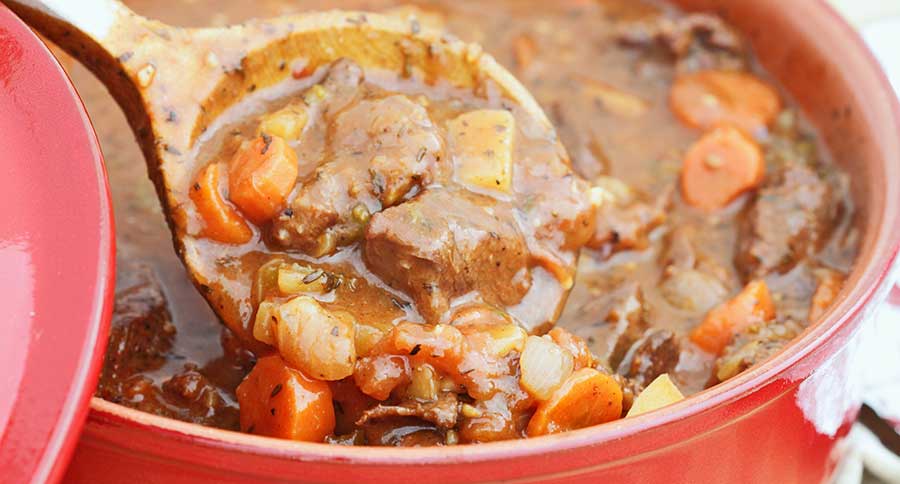
Forest to Table: Venison Stew, Hugelkultur Magic, and the Flow of Greywater Wisdom
The crisp autumn air hangs heavy with the scent of damp earth and decaying leaves, a tapestry of earthy aromas that invigorates the soul. Imagine walking through a forest in the crisp air with sunlight peeking between the trees. A day spent meandering through the forest yields a bounty of treasures: plump, earthy wild mushrooms, their caps glistening with moisture; and the tart, piney fragrance of ripe juniper berries clinging to their evergreen branches. Returning to the homestead, the anticipation of crafting a nourishing venison stew, infused with these foraged delights, fills the air. This simple act is interwoven with our commitment to sustainable practices: the Hugelkultur bed, a haven for thriving vegetables and herbs, and the greywater system, a testament to the wisdom of conserving precious resources. The flow of greywater is the lifeblood of the garden, and the hugelkultur stores vital nutrients. This blog post shares how to create this wonderful experience, including how to cook venison stew, build a Hugelkultur and install a Greywater system.
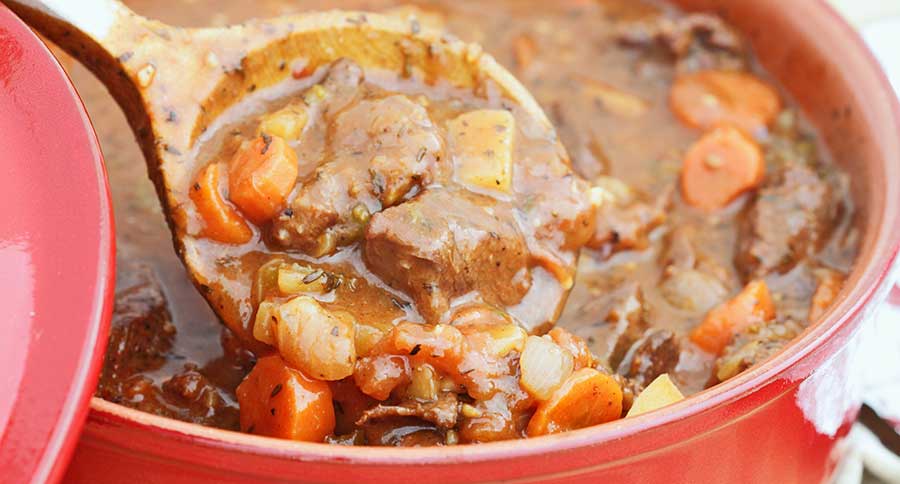
Sustainable Foraging: Respecting the Forest's Bounty
The practice of foraging is an art that demands respect and understanding. Before venturing into the forest in search of wild mushrooms and juniper berries, it is imperative to equip yourself with the knowledge needed to identify edible species and avoid poisonous look-alikes. We commonly find Chanterelles, Morels, and Oyster Mushrooms. Be on the lookout for the dangerous Amanita phalloides, also known as Death Cap. Always leave no trace, packing out everything you pack in, and respect private property by obtaining permission before foraging. Only harvest juniper berries when they are ripe, taking a small portion from each bush and leaving enough for wildlife.
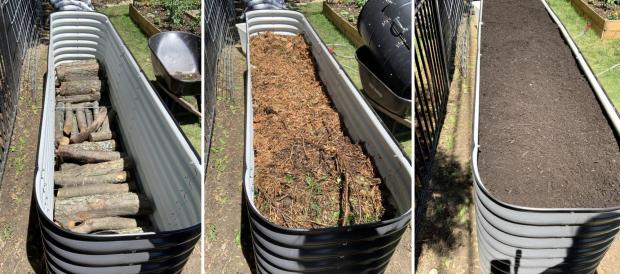
Building a Hugelkultur Bed: A Forest in Your Garden
Hugelkultur, a German word meaning "hill culture," is a permaculture technique that involves building raised garden beds from decaying wood debris and other organic matter. This simple yet ingenious method offers a myriad of benefits, including improved soil fertility, enhanced water retention, and excellent drainage. Moreover, Hugelkultur beds act as carbon sinks, sequestering atmospheric carbon dioxide and contributing to a healthier planet. They are the bedrock of our homestead. Building a hugelkultur is easy and is made of reclaimed materials!
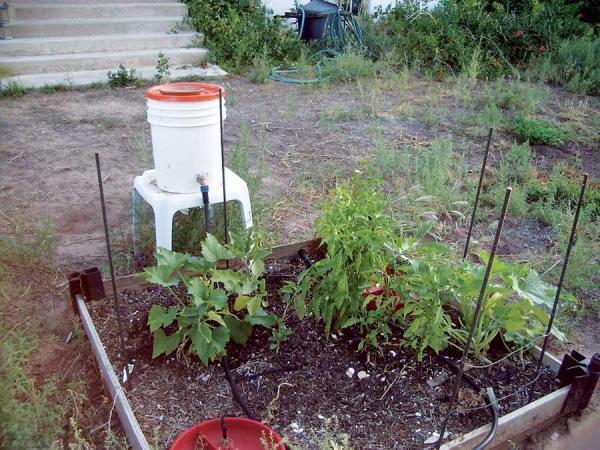
Materials List:
- Logs (reclaimed from fallen trees or responsibly harvested oak and maple)
- Branches, Twigs, and smaller woody debris
- Compost
- Manure (aged cow manure)
- Topsoil
- Straw
- Leaves (oak and maple)
- Grass Clippings (untreated)
- Cardboard (untreated - remove tape and labels)
- Tools (shovel, wheelbarrow, rake, work gloves, safety glasses, and measuring tape)
Instructions:
- Prep: "Select a location that receives at least 6 hours of sunlight and is well-drained. Clear the area of any existing vegetation, removing rocks and debris. Mark out the dimensions of your Hugelkultur bed. A bed that is approximately 4 feet wide, 8 feet long, and 3 feet high is a good starting point."
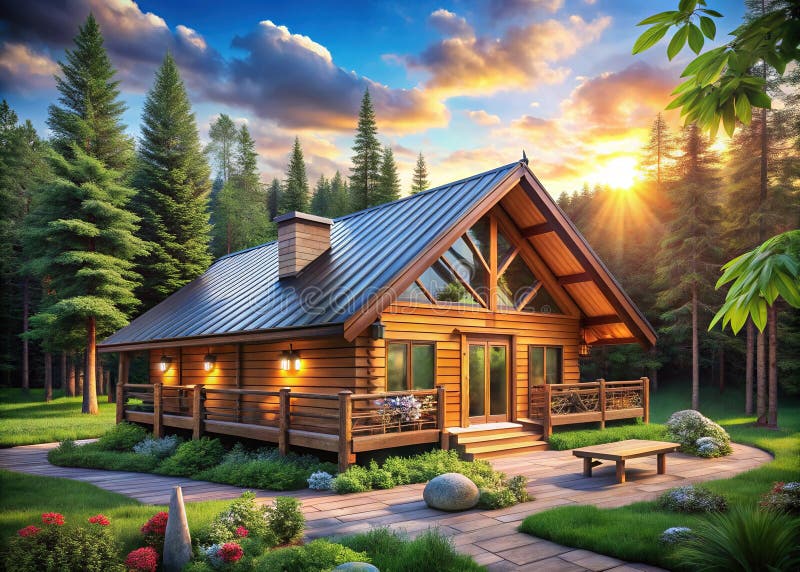
- Dig the Base: "Dig a trench about 18 inches deep within the marked area. This trench will serve as the foundation for your Hugelkultur bed, providing a reservoir for moisture and nutrients."
- Layer the Wood: "Fill the trench with the largest logs first (oak and maple), placing them close together. Add smaller branches and twigs on top of the logs, filling in any gaps. The wood will decompose slowly over time, providing a long-term source of nutrients for your plants."
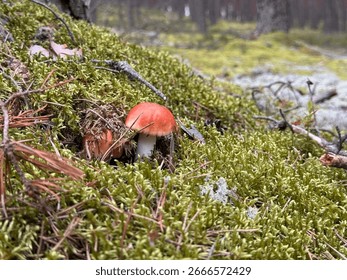
- Add Compost & Manure: "Spread a 4-inch layer of compost and aged cow manure over the wood. This will provide an initial boost of nutrients and beneficial microbes to help break down the wood."
- Topsoil: "Cover the compost and manure with a 6-inch layer of topsoil. The thickness of this layer will depend on the types of plants you intend to grow. The soil should be rich and well-draining."
- Mulch and Plant: "Mulch the Hugelkultur bed with straw, oak and maple leaves, or grass clippings to help retain moisture and suppress weeds. Plant your desired vegetables, herbs, and flowers directly into the Hugelkultur bed. Tomatoes, squash, kale, and thyme will all thrive."
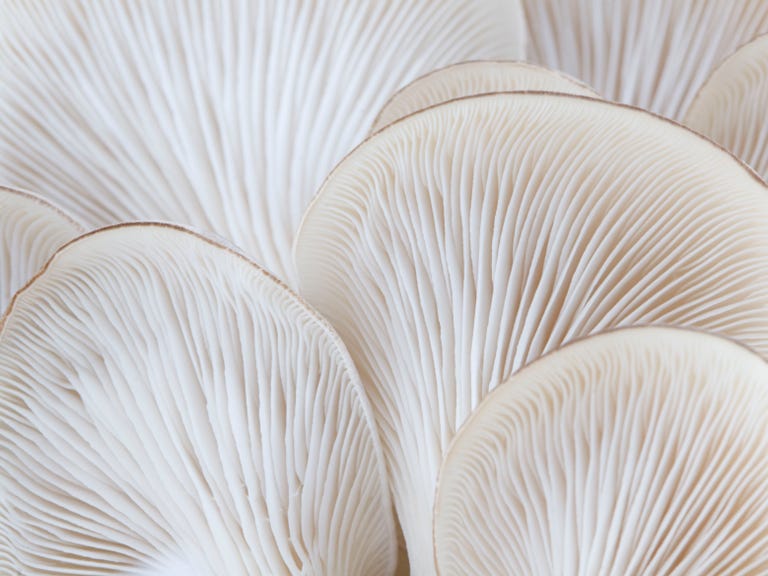
- Water: "Water the Hugelkultur bed thoroughly after planting to help settle the soil and encourage root growth. Continue to water regularly, especially during dry spells."
Installing a Greywater System: Reclaiming Water for a Thirsty Garden
Greywater, the relatively clean wastewater from showers, sinks, and laundry, represents a valuable resource that can be reclaimed for irrigating your garden. Installing a simple greywater system not only conserves water but also reduces your reliance on municipal water supplies, contributing to a more sustainable lifestyle. However, it is essential to adhere to proper safety precautions and regulations to prevent contamination and protect your health. Reclaiming your greywater reduces water usage and helps to give your crops the hydration they need.
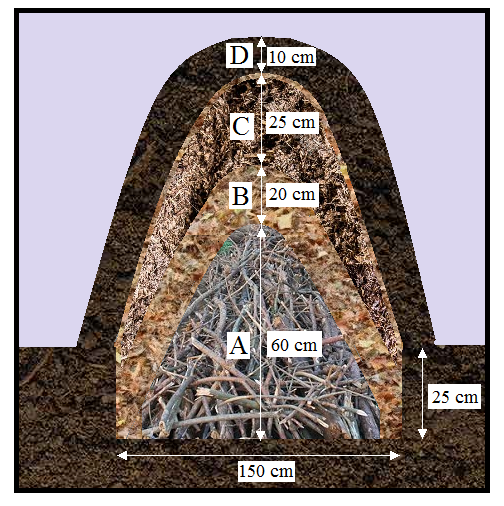
First, understand the Regulations, as they Vary by Location: Before you begin, it is imperative to research and comply with all local regulations and permitting requirements related to greywater systems.
Next, Identify Greywater Sources: The most common sources of greywater include showers, bathtubs, bathroom sinks, and washing machines. Avoid using greywater from toilets, kitchen sinks (due to food waste and grease), and washing machines that use harsh chemicals or bleach. Segregate Greywater: Ensure that greywater from different sources is properly segregated and that only appropriate sources are directed to the greywater system.
Additionally, install a Filtration System: Construct a simple gravel and sand filter to remove solids and debris. This filter can be made using a plastic container filled with layers of gravel, sand, and charcoal. Place a layer of coarse gravel at the bottom, followed by a layer of sand, and then a layer of charcoal on top. This filter will help to remove solids and impurities from the greywater.
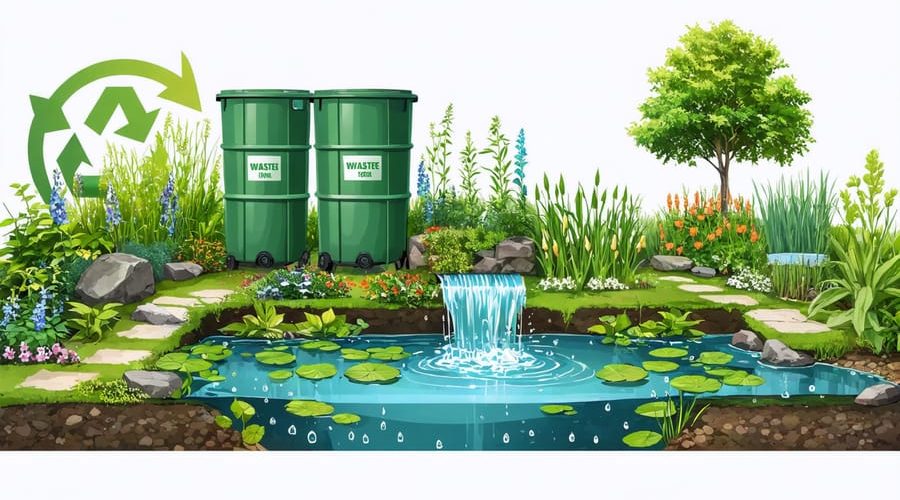
Lastly, set up Piping and Distribution: Install a network of pipes to transport the filtered greywater to your garden. Use PVC pipes and fittings to connect the greywater source to a distribution system. Distribute the greywater evenly throughout your garden, avoiding direct contact with edible plant parts. Use subsurface irrigation to deliver the water directly to the roots of your plants. Avoid spraying greywater onto leaves or stems. Always use Biodegradable Products: When using a greywater system, it is crucial to use biodegradable soaps, detergents, and cleaning products that are free of harsh chemicals and toxins. Dr. Bronner's is an excellent and popular choice.
With Greywater Systems, Maintenance is Critical: Regularly inspect and maintain your greywater system to ensure it is functioning properly and that there are no leaks or blockages. Clean the filters and remove any accumulated debris. Monitor the water quality to ensure it is safe for irrigation.
Venison Stew with Juniper Berries and Wild Mushrooms: A Taste of the Wild
Ingredients:
- 1.5 lbs venison stew meat (cut into 1-inch cubes)
- 2 tbsp olive oil
- 1 large yellow onion (chopped)
- 2 carrots (chopped)
- 2 celery stalks (chopped)
- 4 cloves garlic (minced)
- 8 oz wild mushrooms (such as chanterelles, morels, or oyster mushrooms, cleaned and chopped)
- 1/2 cup juniper berries (crushed)
- 4 cups beef broth (or venison stock)
- 1 cup dry red wine (such as Pinot Noir or Merlot)
- 2 tbsp tomato paste
- 1 tsp dried thyme
- 1/2 tsp dried rosemary
- 1 bay leaf
- Salt and pepper to taste
- Fresh parsley (chopped, for garnish)
- 1 tbsp all-purpose flour (optional, for thickening)
Instructions:
- Prep the Venison: Trim any excess fat or silverskin from the venison stew meat. Season the venison with salt and pepper and dust lightly with flour, if using, for thickening.
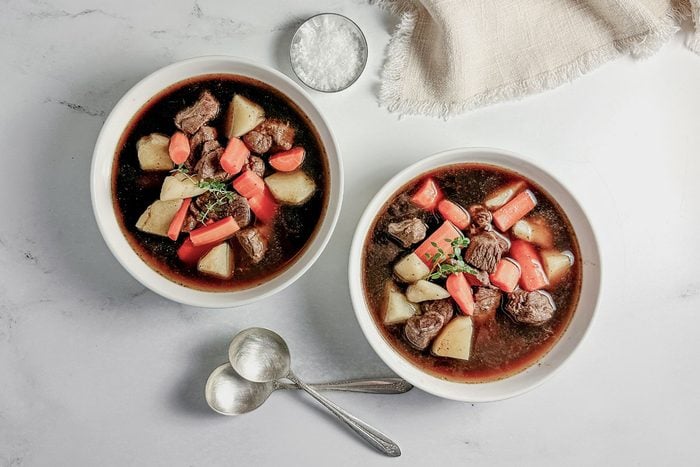
- Sear the Venison: Heat olive oil in a large Dutch oven or heavy-bottomed pot over medium-high heat. Add the venison in batches and sear on all sides until browned. Remove the venison from the pot and set aside.
- Sauté Vegetables: Add the chopped yellow onion, carrots, and celery to the pot and sauté until softened, about 5-7 minutes. Add the minced garlic and sauté for another minute until fragrant.
- Add Mushrooms and Juniper Berries: Add the chopped wild mushrooms and crushed juniper berries to the pot and cook until the mushrooms release their moisture and begin to brown, about 5-7 minutes. Be sure to wash the mushrooms and thoroughly cook before consuming. The mushrooms will add an earthy flavor and the juniper berries a subtle piney note.
- Deglaze the Pot: Pour in the Pinot Noir red wine and bring to a simmer, scraping up any browned bits from the bottom of the pot.
- Add Remaining Ingredients: Return the venison to the pot. Add the beef broth, tomato paste, thyme, rosemary, and bay leaf. Bring to a simmer.
- Simmer the Stew: Reduce the heat to low, cover the pot, and simmer for at least 2-3 hours, or until the venison is tender and the flavors have melded together. Stir occasionally to prevent sticking. Remove the bay leaf before serving. Season with salt and pepper to taste. Garnish with fresh chopped parsley. Serve hot with crusty bread or mashed potatoes. This stew freezes well and tastes even better the next day.
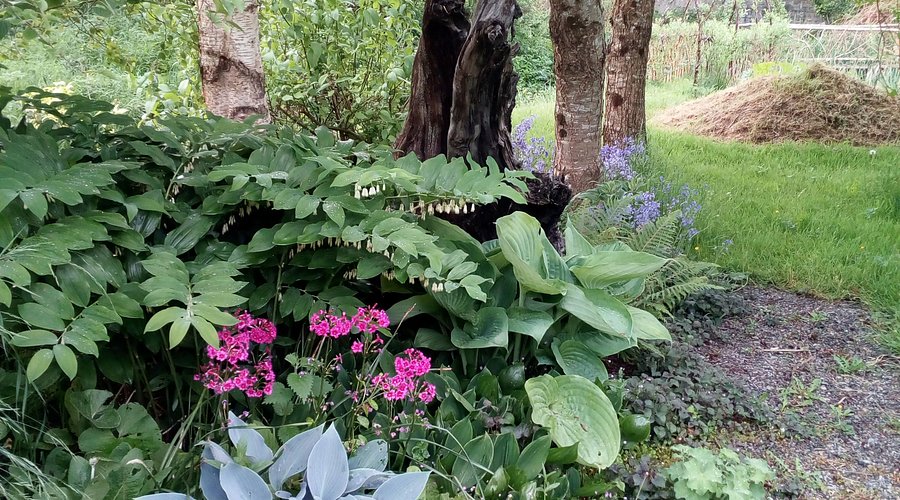
Closing Reflection
From the forest floor to the warmth of our kitchen, our homestead is a testament to the beautiful interconnectedness of nature and sustainable living. By foraging responsibly, building a Hugelkultur bed to nurture our garden with tomatoes, squash, kale and thyme, and reclaiming water for irrigation, we create a closed-loop system that nourishes both our bodies and our souls. And in the heart of it all lies the Venison Stew, a flavorful reminder of the abundance that surrounds us when we embrace a mindful and sustainable way of life.
As the days grow shorter and the nights grow colder, I encourage you to embrace these rewarding sustainable practices and rediscover the simple joys of connecting with nature on your own homestead. What are your favorite ways to connect with nature and nourish your family? Share your experiences, recipes, and homesteading tips in the comments below!
Keywords: organic gardening, seasonal harvest, homegrown, compost, sustainable home, cozy living, backyard projects, farmhouse life, Venison Stew, Hugelkultur Bed, Greywater System, Juniper Berries, Wild Mushrooms, Sustainable Foraging, Permaculture, Water Conservation, Raised Garden Beds, Woodland Garden, Chanterelles, Morels, Oyster Mushrooms, Dr. Bronner's.